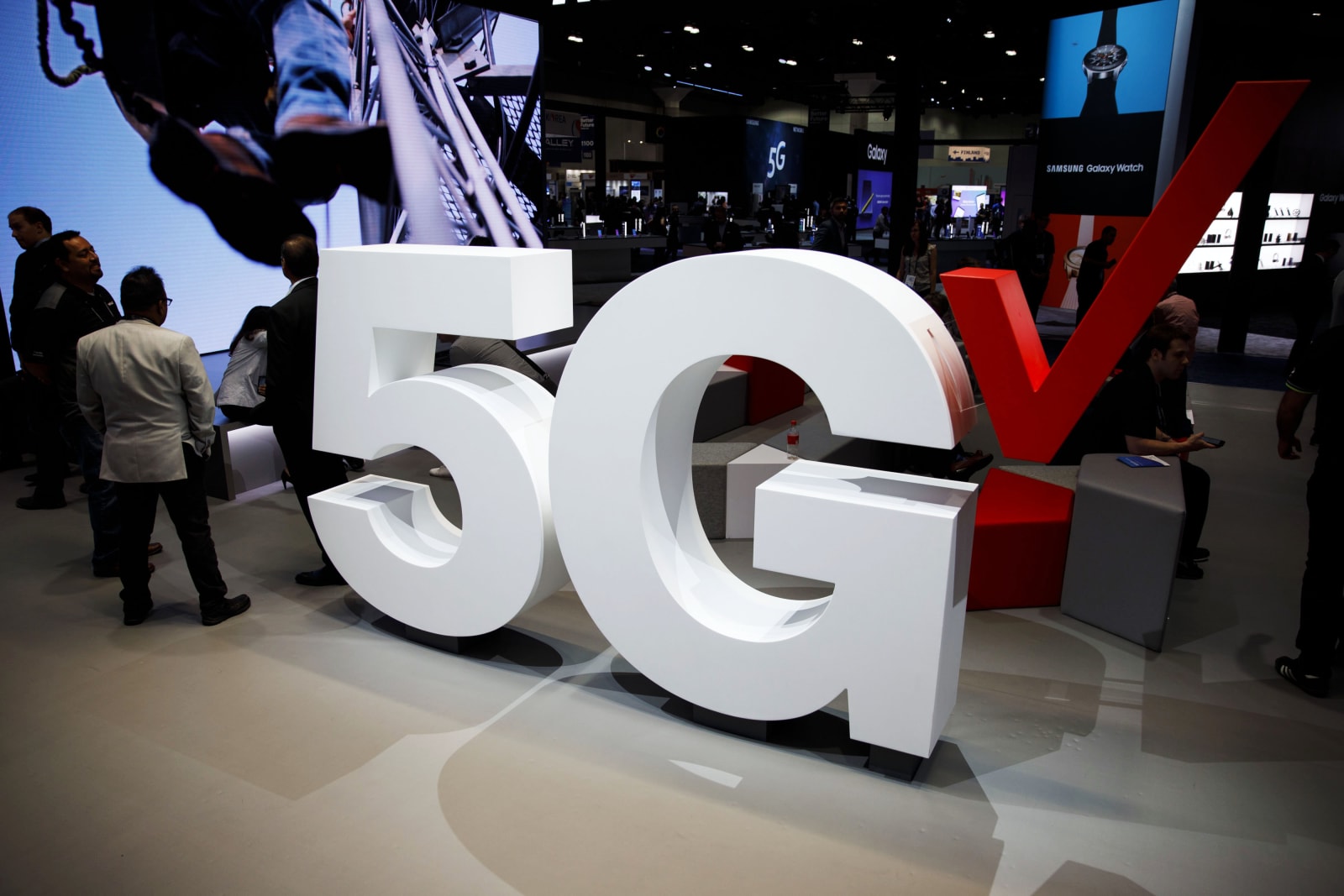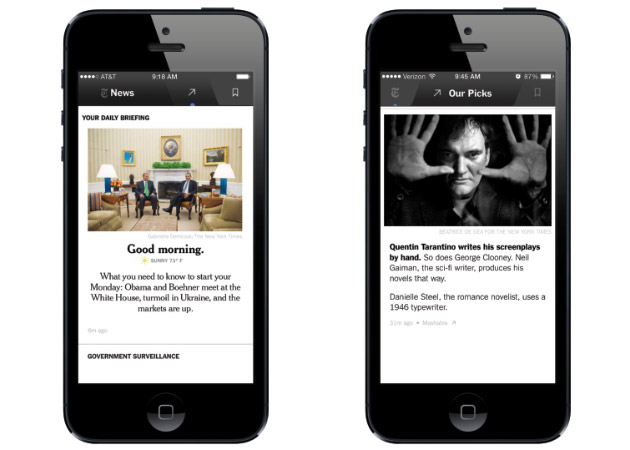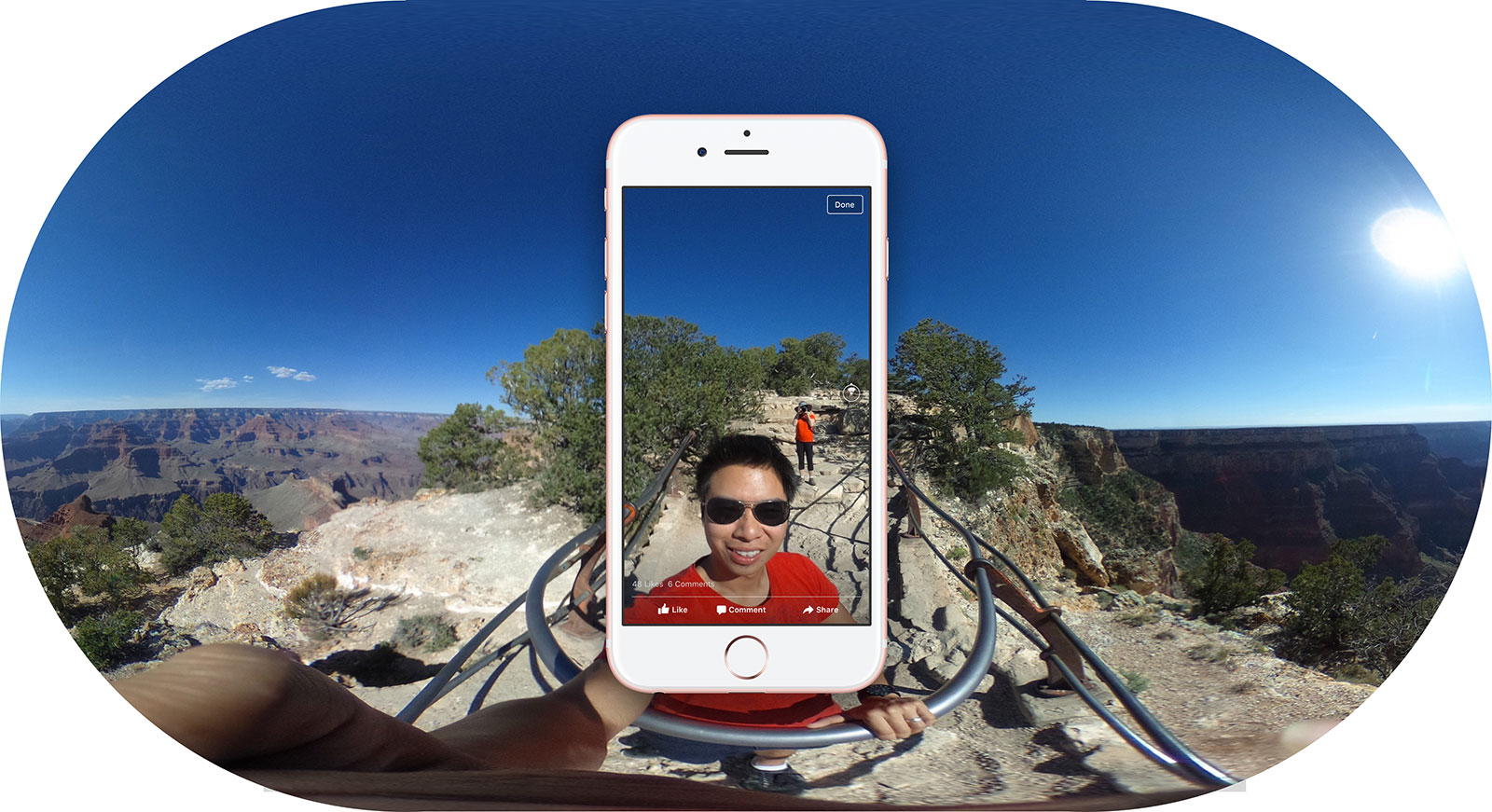
We recently had a chance to put a Tesla Model S through its paces and we had no problem getting where we were going -- and back again -- despite our testing happening in Upstate New York the middle of a rather chilly January. The New York Times, however, had a bit of a harder time of it. Over the weekend, Times reporter John M. Broder published what can only be called a rather negative report on a failed trip to one of Tesla's fabled Superchargers. After a series of short charges and a series of drives in a Model S (the very same car we tested, we would add), Broder ultimately ran out of juice and was left stranded, having to tow the car from Brannford, CT to the nearest Supercharger, this one in Milford -- about 25 miles away.
Broder blamed the temperature and, ultimately, the car for causing the disappointment -- something Tesla CEO Elon Musk took to Twitter to rebut, saying:
NYTimes article about Tesla range in cold is fake. Vehicle logs tell true story that he didn't actually charge to max & took a long detour.
The Times responded (via CNBC) that the report was "completely factual" and that "Any suggestion that the account was 'fake' is, of course, flatly untrue." Musk then took to CNBC himself to talk about a "lengthy detour" Broder took through Manhattan -- something not mentioned in his post.
In our own experiences, we definitely did notice a decreased indicated range immediately after turning on the car, but it quickly rose as they gradually rose to operating temperature. That said, we were never able to eke out the "indicated" range in the cold on either of our lengthy trips -- even those that didn't involve trips through Manhattan.
Filed under: Transportation
Comments
Source: @elonmusk (Twitter), The New York Times
 Verizon has announced at CES 2019 that it's teaming up with Walt Disney Studios to bring emerging technologies, namely 5G, to media and entertainment. The partnership is designed to deliver the network's 5G connectivity to every facet of the studio's...
Verizon has announced at CES 2019 that it's teaming up with Walt Disney Studios to bring emerging technologies, namely 5G, to media and entertainment. The partnership is designed to deliver the network's 5G connectivity to every facet of the studio's...
 Verizon has announced at CES 2019 that it's teaming up with Walt Disney Studios to bring emerging technologies, namely 5G, to media and entertainment. The partnership is designed to deliver the network's 5G connectivity to every facet of the studio's...
Verizon has announced at CES 2019 that it's teaming up with Walt Disney Studios to bring emerging technologies, namely 5G, to media and entertainment. The partnership is designed to deliver the network's 5G connectivity to every facet of the studio's...
 Virtual reality is proving an accommodating medium for the art of storytelling. Even beyond gaming, a diverse pool of creatives (including award-winning filmmakers) and companies are exploring this brave new world. Among them The New York Times, whic...
Virtual reality is proving an accommodating medium for the art of storytelling. Even beyond gaming, a diverse pool of creatives (including award-winning filmmakers) and companies are exploring this brave new world. Among them The New York Times, whic...
 Just about two and a half years after launching its NYT Now mobile experiment at South by Southwest, the New York Times has announced it will be "officially shelving" the app. After August, NYT Now will no longer be be available for download, but man...
Just about two and a half years after launching its NYT Now mobile experiment at South by Southwest, the New York Times has announced it will be "officially shelving" the app. After August, NYT Now will no longer be be available for download, but man...
 We knew they were coming, and now they're here: 360-degree photos on Facebook are rolling out on the social network starting tomorrow. The new feature spans across Android, desktop and iOS and thankfully uploading your panoramic and spherical shots d...
We knew they were coming, and now they're here: 360-degree photos on Facebook are rolling out on the social network starting tomorrow. The new feature spans across Android, desktop and iOS and thankfully uploading your panoramic and spherical shots d...
 The New York Times is launching a VR app, and will give a million plus subscribers a Google Cardboard VR viewer to use it. It'll also debut a VR film for the app called The Displaced, which details the struggles of three children caught in the glob...
The New York Times is launching a VR app, and will give a million plus subscribers a Google Cardboard VR viewer to use it. It'll also debut a VR film for the app called The Displaced, which details the struggles of three children caught in the glob...



